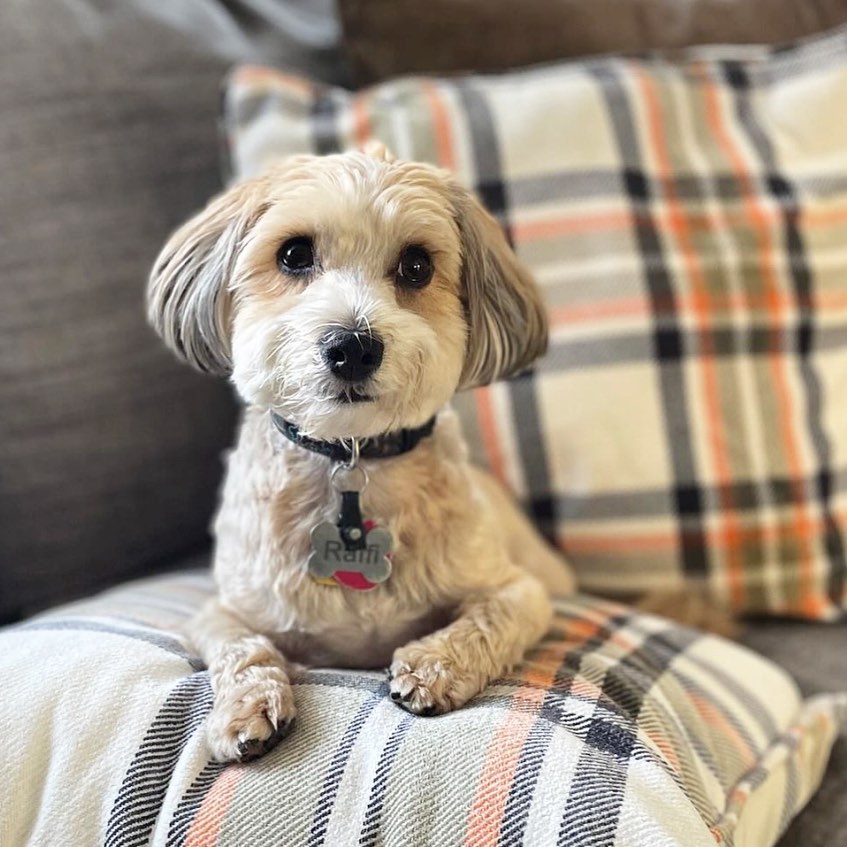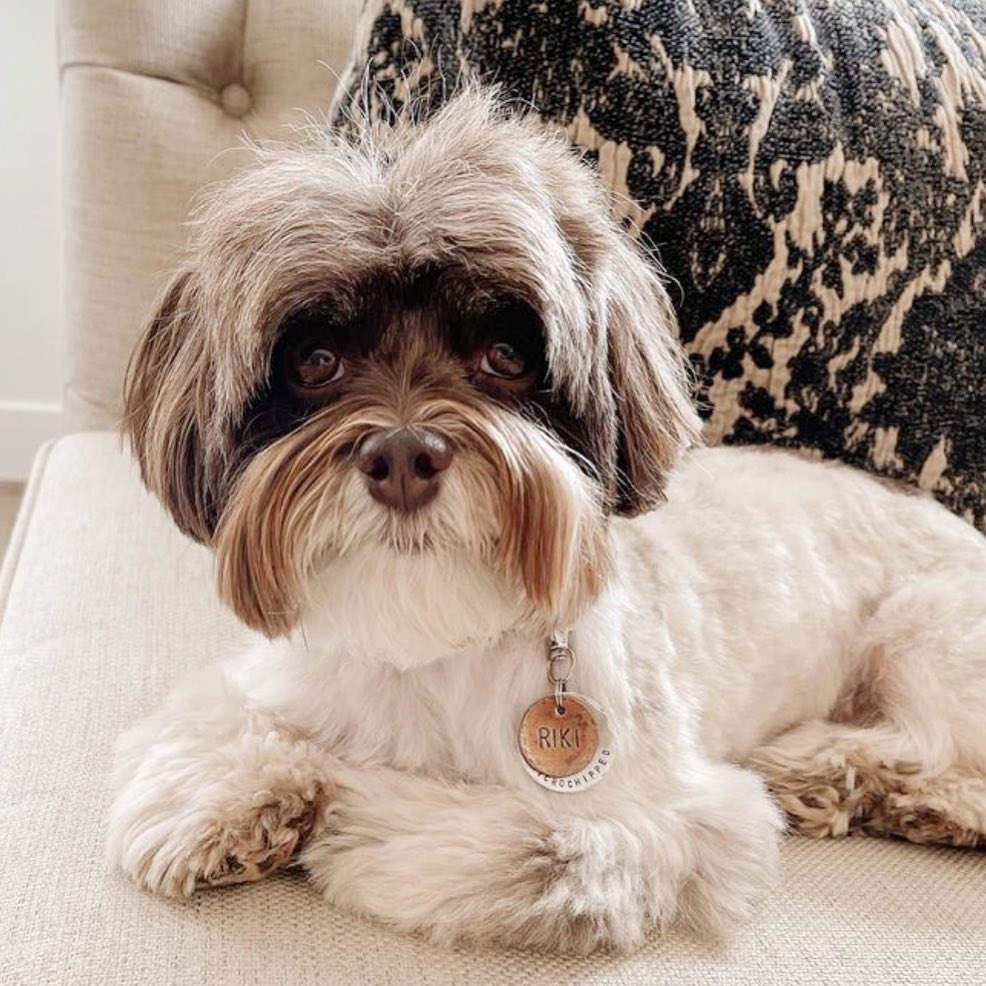Introduction to Training Havanese Dogs
Training a Havanese dog can be a delightful experience due to their intelligent and affectionate nature. These small dogs, known for their spunky and companionable personality, require a unique approach to training that is gentle and effective. Understanding the nuances of their behavior and needs is crucial in establishing a training regimen that is not only successful but also enjoyable for both the dog and the owner. As with any dog training, the key lies in communication, consistency, and patience.

Essential Training Principles for Havanese
Emphasizing Positive Reinforcement
Positive reinforcement is a cornerstone of practical Havanese training. This breed, bred primarily for companionship, responds exceptionally well to rewards. Whether it’s treats, praise, or playtime, positive reinforcement encourages good behavior without causing stress or fear. It’s important to remember that Havanese dogs are sensitive and may become anxious or hesitant if faced with harsh training methods.
Remaining Calm with Energetic Havanese
Havanese dogs mirror the energy of their trainers. Their energetic and lively nature means a calm and patient approach is essential during training sessions. Over-excitement or agitation from the trainer can be counterproductive, leading to a distracted or overly energetic dog. Maintaining a serene demeanor helps manage their energy levels and keep them focused on training.
Starting Training with Simple Steps
For Havanese dogs, beginning training with basic, straightforward tasks is critical. These small steps help build their confidence and understanding of what they are asked of. Incrementally increasing the complexity of tasks ensures that the dog is calm and relaxed, which is crucial for maintaining their enthusiasm and interest in training.
Using Affection as a Training Reward
Affection and attention are powerful tools in training Havanese dogs. Due to their affectionate nature, they often respond as well to praise and love as they do to tangible rewards. Building a strong bond and trust between the owner and the dog can make training more effective and reinforce positive behavior.
Understanding the Havanese Breed
Historical Background of the Havanese
The Havanese, a breed rich in history, originated in Cuba and is the country’s national dog. This breed descends from the now-extinct Blanquito de la Habana, a descendant of the Bichon Tenerife. The Havanese gained popularity in Europe in the 18th century, particularly among Spanish and Italian nobility. In the 19th and 20th centuries, the breed’s popularity waned, but it survived in Cuba and was later revitalized by American breeders. This historical background contributes to their unique personality and adaptability, making them excellent companion dogs.
Physical Characteristics and Abilities
Havanese dogs are renowned for their distinctive physical attributes and versatile abilities. Here’s a brief rundown of their key characteristics:
- Size: They are a small breed, typically weighing between 7 and 13 pounds, making them ideal for apartment living and as lap dogs.
- Coat: Their coat is one of their most striking features. It’s long, silky, and can come in various colors. The coat requires regular grooming to prevent matting.
- Eyes: Expressive and dark, their eyes add to their endearing appearance.
- Gait: The Havanese have a unique, lively gait often described as ‘springy,’ reflecting their cheerful nature.
- Agility: Despite their small size, they are surprisingly agile and capable of agility and obedience training.
- Lifespan: Havanese typically enjoy a long lifespan, averaging between 14 to 16 years, which is relatively long for canine standards.
These characteristics contribute to the Havanese’s charm and play a significant role in how they are trained and cared for. Their agility and intelligence make them quick learners, while their size and coat require specific grooming and physical activity considerations.
Temperament and Behavioral Tendencies
The Havanese is known for its affectionate, outgoing, and intelligent temperament. They thrive on human companionship and are known to form strong bonds with their owners. Their social nature makes them excellent family pets, and they generally get along well with children and other animals. However, they can be prone to separation anxiety if left alone for long periods. This breed is also alert and curious, making them good watchdogs, albeit their friendly nature doesn’t make them the best guard dogs. Understanding their temperament is crucial in tailoring a training approach that is both enjoyable and effective for these charming dogs.

Training Techniques for Havanese Dogs
Suitability of Havanese for Trick Training
With its vibrant personality and keen intelligence, the Havanese breed is exceptionally well-suited for trick training. Their history as companion dogs to nobility in Cuba and Europe has instilled in them a natural inclination towards pleasing their owners, making them eager and attentive students in training sessions.
- Why Havanese Excel in Trick Training:
Havanese dogs have unique characteristics that make them ideal for learning tricks. They are brilliant, allowing them to grasp and remember new commands quickly. Their small size and agile bodies make it easier for them to perform physical tricks that might be challenging for larger breeds. Moreover, their expressive faces and playful demeanor add charm to their trick performances.
- Types of Tricks Suitable for Havanese:
Given their physical and mental attributes, Havanese can learn many tricks. These can range from basic commands like ‘sit,’ ‘stay,’ and ‘roll over’ to more complex ones like ‘play dead,’ ‘spin,’ or even agility-based tricks that involve navigating through obstacle courses. Their long, silky coats also offer opportunities for tricks that showcase their grooming, such as ‘bow,’ where their coat elegantly drapes the floor.
- Training Approach:
When training Havanese in tricks, it’s important to keep sessions short, fun, and positive. This breed thrives on encouragement and affection, so plenty of praise and treats are essential. Starting with simple tricks and gradually increasing the complexity can help build their confidence. It’s also important to be patient and consistent; if a trick is proving too tricky, it’s okay to step back and revisit the basics.
Effective Training Methods for Havanese
The Havanese’s sensitive and social nature demands a training approach that is gentle, consistent, and engaging.
- Positive Reinforcement:
Positive reinforcement is the most effective method for training Havanese. This involves rewarding desired behaviors with treats, praise, or playtime and encouraging the dog to repeat these behaviors. Clicker training, a form of positive reinforcement where a click sound marks the correct behavior, is efficient. It provides clear communication and helps the dog associate the click with a reward, reinforcing the behavior.
- Avoiding Negative Reinforcement:
Due to their sensitive nature, negative reinforcement or punishment-based methods are unsuitable for Havanese. Such methods can lead to anxiety, loss of trust, and even behavioral issues. Instead, unwanted behaviors should be addressed by redirecting the dog to a desired action and then rewarding that action.
- Consistency and Patience:
Consistency is vital in training Havanese. They learn best when there is a clear and consistent message about what is expected of them. This means using the same commands and rewards each time. Patience is equally important, as some behaviors may take longer to instill.
Strategies for Successful Potty Training

Potty training is a vital part of a Havanese’s early education. This process requires patience, consistency, and a positive approach.
- Establishing Routines:
Creating a routine is fundamental in potty training. This includes setting specific times for meals, play, and potty breaks. Consistency in these routines helps the dog understand when and where it’s appropriate to relieve itself.
- Choosing the Right Location:
Selecting a specific spot for the dog to use during potty breaks can help reinforce the habit. When the dog is taken to this spot, use a consistent command like “Go potty.” Over time, the dog will associate this location and command with eliminating.
- Handling Accidents:
Accidents are inevitable in the early stages of potty training. It’s important not to punish the dog when they occur, as this can create fear and confusion. Instead, calmly clean up the accident and continue to focus on reinforcing good potty habits.
- Recognizing and Rewarding Success:
When the dog successfully uses the designated potty spot, immediate and enthusiastic praise and treats can significantly reinforce the behavior. This positive reinforcement makes it clear to the dog that they have done something pleasing.
In conclusion, training a Havanese requires understanding their unique personality and needs. Whether trick training, general obedience, or potty training, the methods should be based on positive reinforcement, patience, and consistency. With the right approach, training a Havanese can be a rewarding experience that strengthens the bond between the dog and its owner.
Advanced Training and Care Tip for Havanese
Addressing Specific Training Challenges
Like any breed, Havanese dogs may present specific training challenges that require special attention. These challenges can range from stubbornness in learning specific commands to difficulty in socialization, especially if they are not introduced to various environments and people from a young age. To address these challenges, it’s essential to understand the root cause, which could be linked to the dog’s natural temperament, past experiences, or even the training environment.
One common issue is the Havanese’s propensity for separation anxiety. Due to their strong bond with their owners, they may experience distress when left alone. Training to address this involves gradually acclimatizing them to being alone for short periods and gradually increasing the duration. Providing stimulating toys and creating a comfortable, safe space can also help mitigate anxiety.
Another challenge is the breed’s occasional stubborn streak. This can often be managed with a consistent, firm, yet gentle training approach. Using various training techniques and rewards can keep the dog engaged and reduce resistance to learning.
Maintaining Consistency in Training
Consistency is the backbone of successful training and is particularly important for Havanese dogs. Consistency in commands, rewards, and expectations helps the dog to understand and adhere to the rules and routines. Consistent training can lead to clarity and mixed signals, making it difficult for the dog to learn what is expected.
It’s vital to ensure that all family members are on the same page regarding the training techniques and rules set for the dog. This uniform approach reinforces the training and helps the dog to learn faster and more effectively. Even after the dog has learned basic commands, regular training sessions can reinforce learned behaviors and encourage good habits.
Incorporating Play and Exercise in Training
Havanese dogs are playful and active, and incorporating play and exercise into their training can be highly beneficial. Playtime can be used as a reward for good behavior or successful training sessions. It reinforces positive behavior and strengthens the bond between the dog and the owner.
Exercise is also crucial for the Havanese’s physical and mental health. Regular walks, play sessions, and interactive games can help expend energy and prevent boredom, sometimes leading to destructive behaviors. Agility training, combining physical exercise with mental stimulation, can be particularly beneficial for this breed.

Conclusion
Training a Havanese dog requires patience, consistency, and a deep understanding of the breed’s characteristics and needs. Owners can effectively train their Havanese dogs by employing positive reinforcement, remaining calm, starting with simple steps, and using affection as a reward. Understanding the breed’s history, physical characteristics, temperament, and special training techniques enhances the training process, making it more enjoyable and successful.
Advanced training and care, including addressing specific challenges, maintaining consistency, and incorporating play and exercise, further contribute to a well-rounded and well-behaved Havanese. Ultimately, training aims to create a harmonious and loving relationship between the dog and its owner, ensuring a happy life together.
Training a Havanese is not just about teaching commands; it’s about creating a lifelong bond based on mutual respect, understanding, and love.
